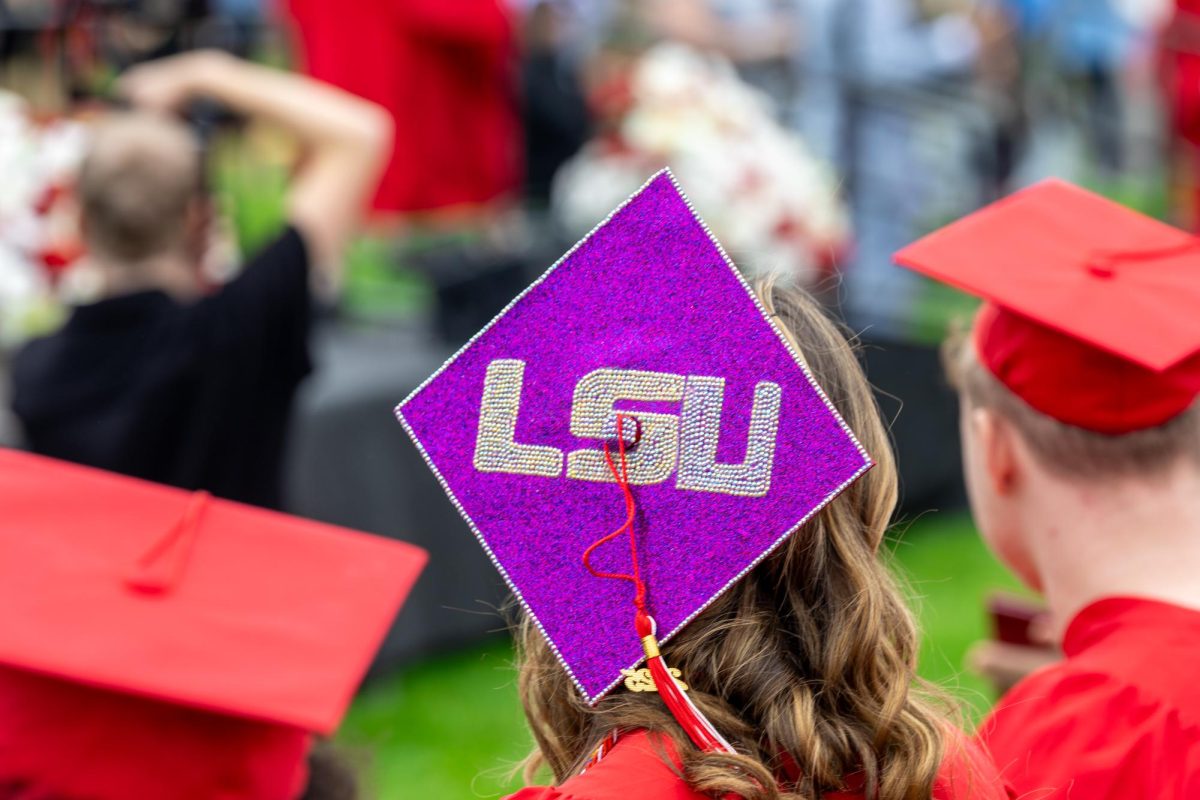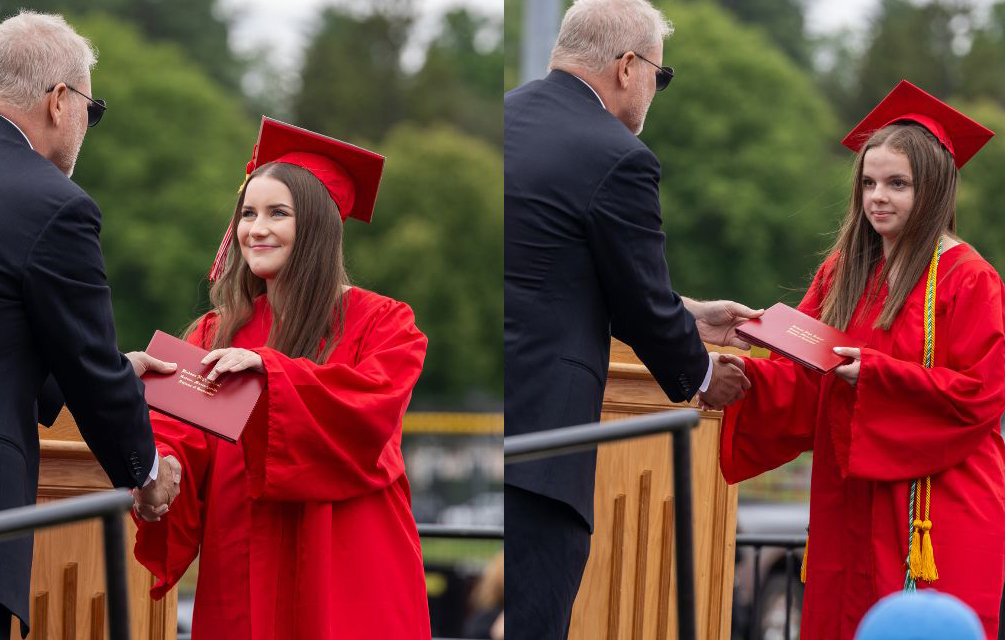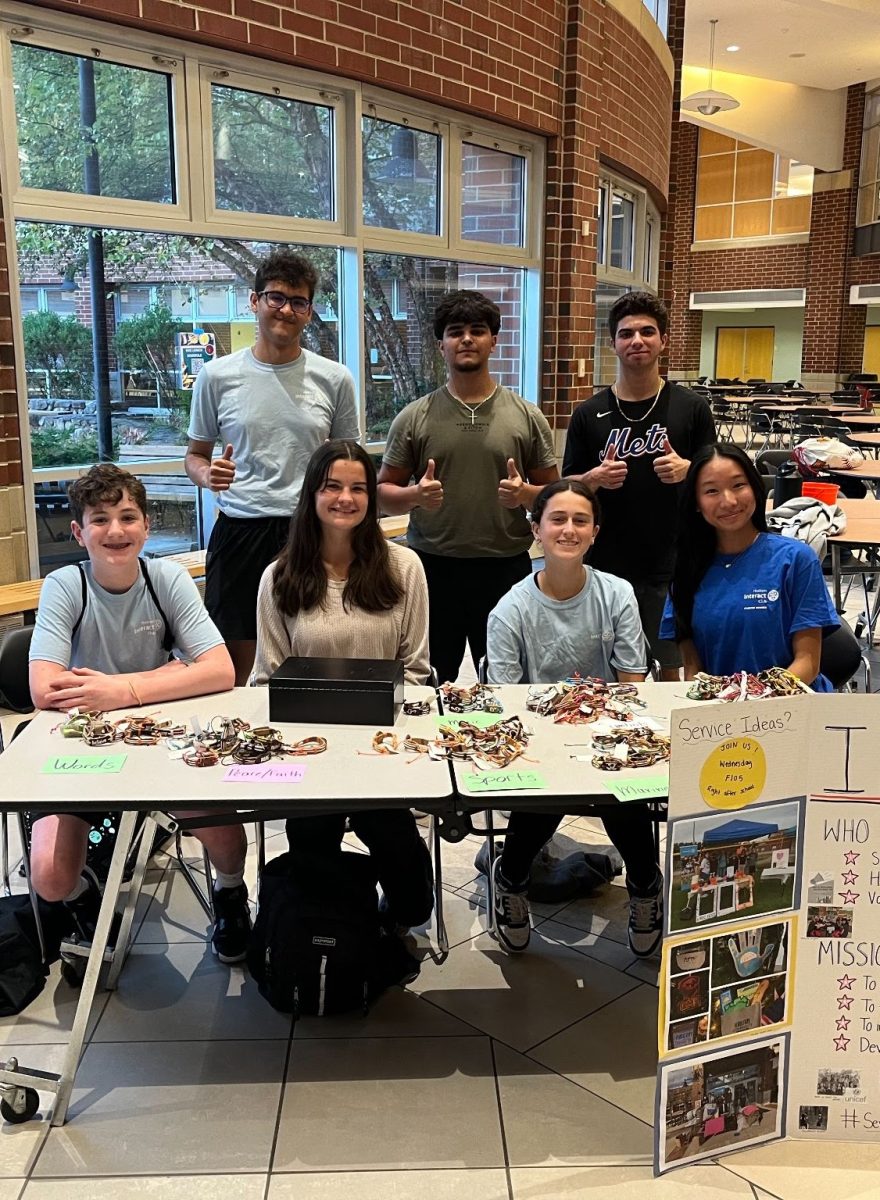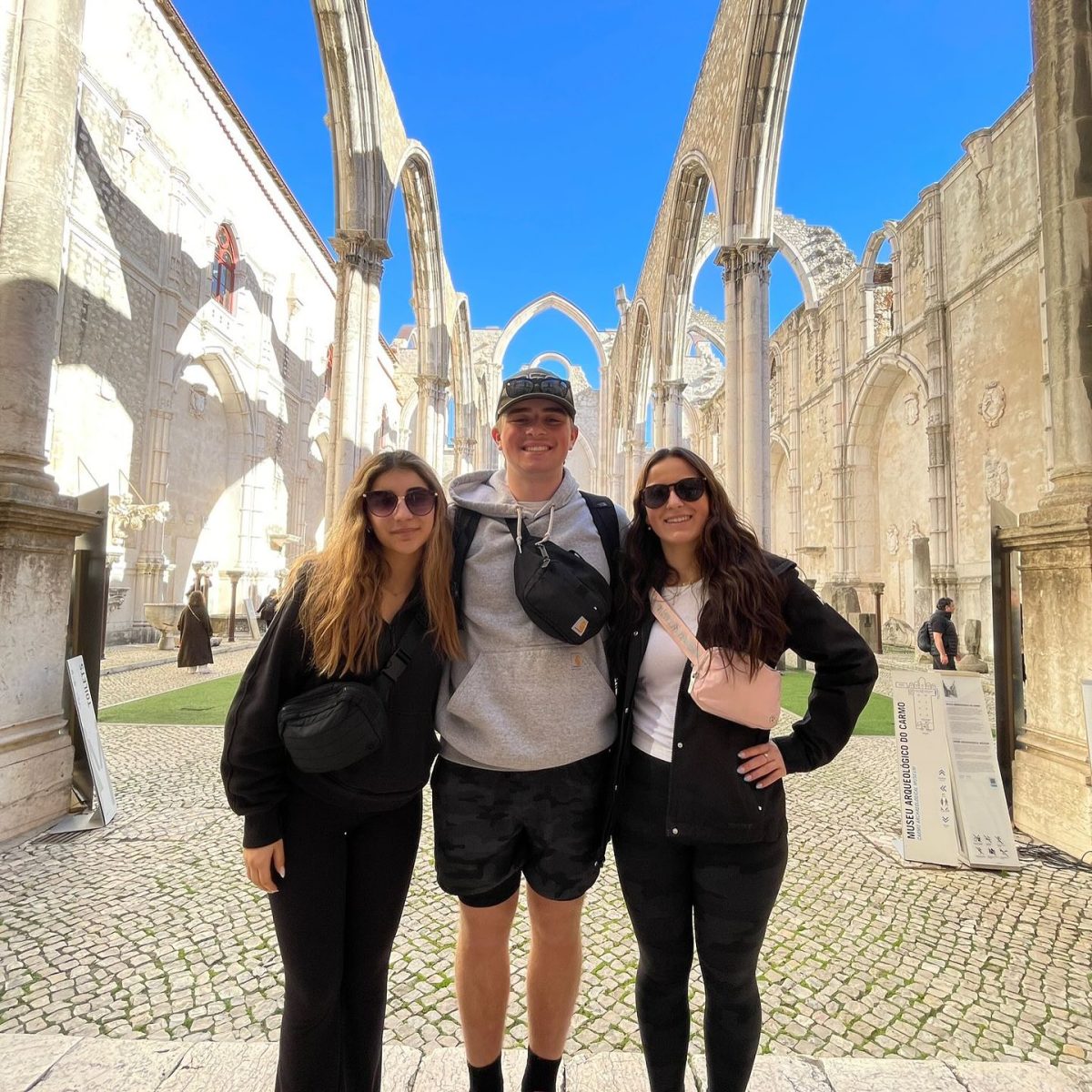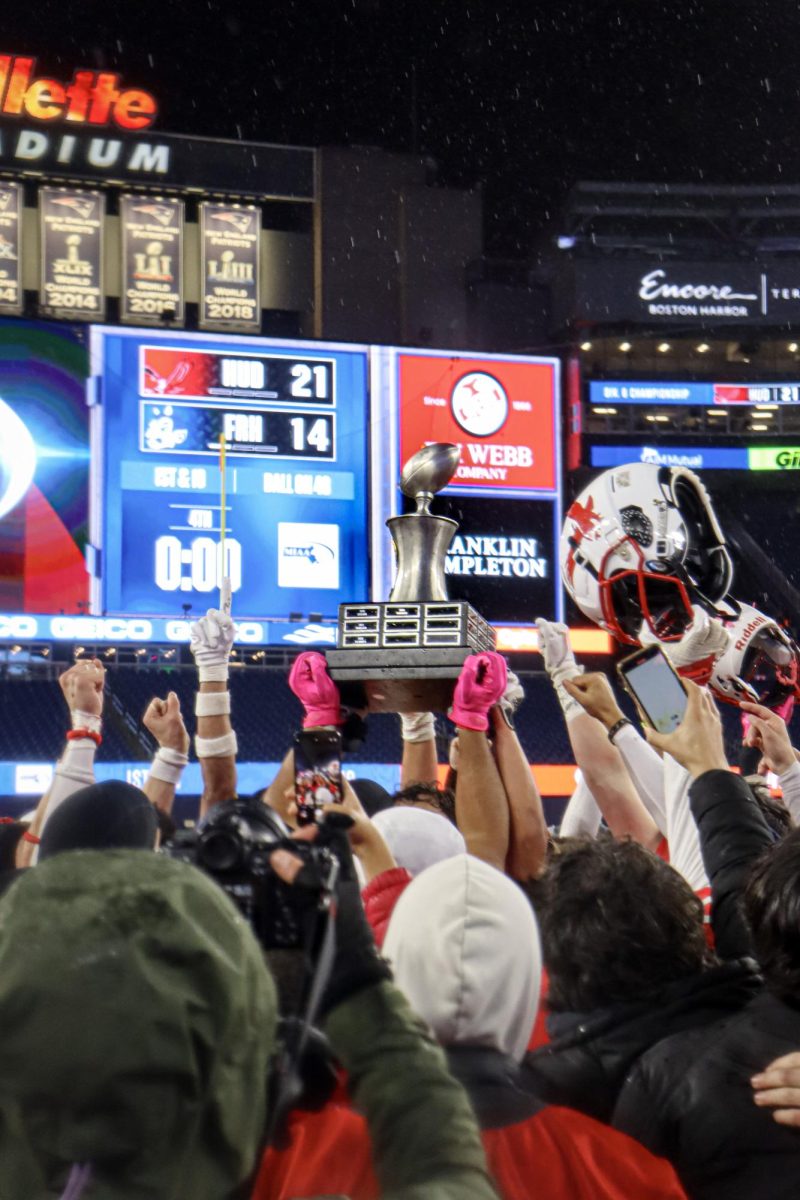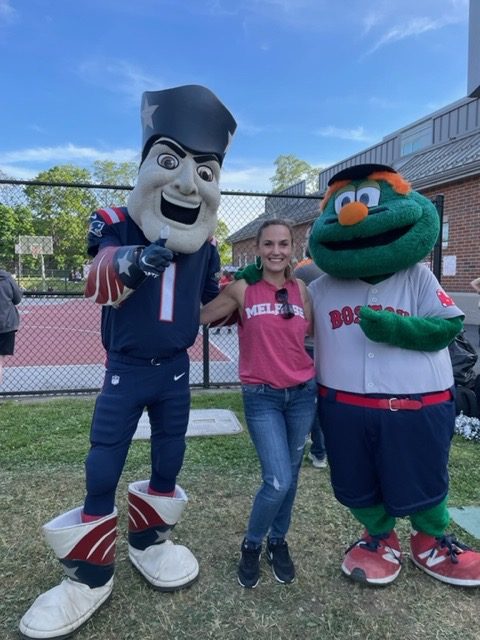by Stephanie Petrovick
During July of 2015, history teacher Erin McMurray visited Havana, Cuba, with the travel company Cuba Explorer. She had developed certain expectations during her 7 years of teaching history. That the people were poor, and the press were very controlled. But even though she was expecting it, it wasn’t any less of a surprise.
Visiting Cuba was always hard in the past, thanks to the extensive requirements to get the necessary Visa because tourist travel is prohibited. Now, you just have to sign a contract, which makes it infinitely easier. McMurray went under the person-to-person cultural exchange Visa, which meant she was going to experience the culture of the Cuban people. Different travel agencies, inside and outside of Cuba, have taken advantage of the special Visas and set up tours that were specifically for the topics. McMurray took one of these tours.
“So, this Canadian company had a charter plane, and they either go from Tampa to Havana or Miami to Havana. And so when I heard it would be a charter plane I went, ‘Oh, it’s going to be a tiny plane. It’s only a 40 minute flight from Miami to Havana. It’s going to be a little puddle jumper plane.’ Which was not the case, it was an American Airlines jet. So, the tour company has enough people going to Cuba on a regular basis now that they are able to send a 150 person jet to Havana and back and forth from Havana every week,” said McMurray.
In Havana, McMurray saw beautifully restored Colonial buildings. These buildings each display a different vibrant color and have the typical gargoyles, fences, arches, and pillars that adorn the olden style buildings. There are old, 1950s cars driving up and down the street and parked in front of the buildings. The restaurants have bands playing outside for the enjoyment of the diners. It is as though you have stepped into a historical district.
But then you turn the corner, and the illusion vanishes. It looks like a war zone, with worn down and crumbling buildings that look like they should not be standing. There are no more vibrant colors, only a worn gray. It was too expensive to restore these buildings. According to McMurray, this drastic change was common throughout Havana due to the poverty of the people.


“There were certain moments when the poverty was worse than I expected. Y’know, people not having toothpaste. That was worse than I expected,” said McMurray.
Inside of Havana, she went to farms, schools, care centers for the elderly, museums, artist studios, a salsa lesson, an ecological community, and other social groups or activities. As they visited the different places, McMurray noted that there were many artists in Cuba. When she asked about it, she was told that many of the people are paid so little that they use art to try and make extra money to live on. The reason that the cars are all from the 1950s is another example of this – they do not have access to new cars or are too poor to get one, so they just repeatedly repair the cars.
“We were advised before we went to Cuba to bring a lot of things with us to donate, so I did. I brought coloring books. I brought reading glasses. I brought batteries and USB sticks. And you’d think it was like Christmas. I’d give a teeny tiny like 16 gigabyte thumbdrive to someone, and they would like sing me a song because they were so thrilled to get this thing that cost me $8,” said McMurray.

According to McMurray the people are so poor because the trade embargo has kept them from doing a lot of trading with other countries as well as the United States, and has in effect damaged their economy. The few resources they have from trading are more expensive to get.
“There are not a lot of European supplies getting to Cuba, so the people have to get their supplies from somewhere else, like Latin America. They get a lot of oil from Venezuela, for example. But there are not a ton of manufacturers in Latin America, so a lot of their other stuff comes from China and other countries in Southeast Asia as well,” explained McMurray, “There are shortages on some of the basic necessities, like band aids for example, but they have access to some of the best research on cancer treatments… Cuba is a country of contradictions.”
Overall, McMurray was most surprised by how happy and cheerful the people were. As a history teacher, she had learned a lot about how poor the people were, and she had thought that the people would be more depressed.
“What they do is express themselves during their free time. Just about everyone you meet is a visual artist or a sculptor, or a drawer or a painter or a musician of some sort. And there is music and visual art everywhere in the city. Everywhere you go there’s a sculpture, carvings on the wall, and everywhere you go you’re serenaded… And so, I think that the artistic expression helps the people to really feel pretty happy even though they don’t have a lot,” said McMurray.

One thing that McMurray is excited about is finally being able to implement a personal perspective to her teaching. She plans to use pictures from her trip while she teaches the Cuba section of her US and World History III class.

